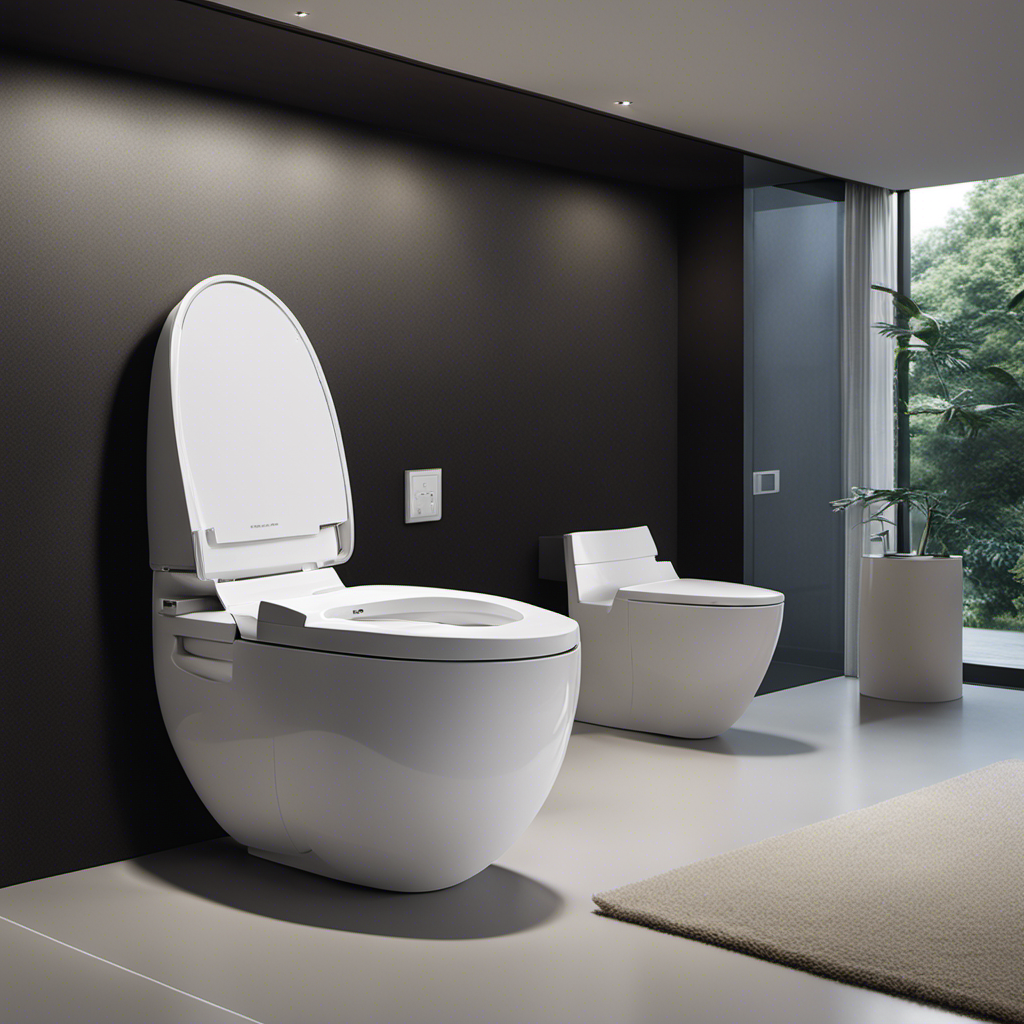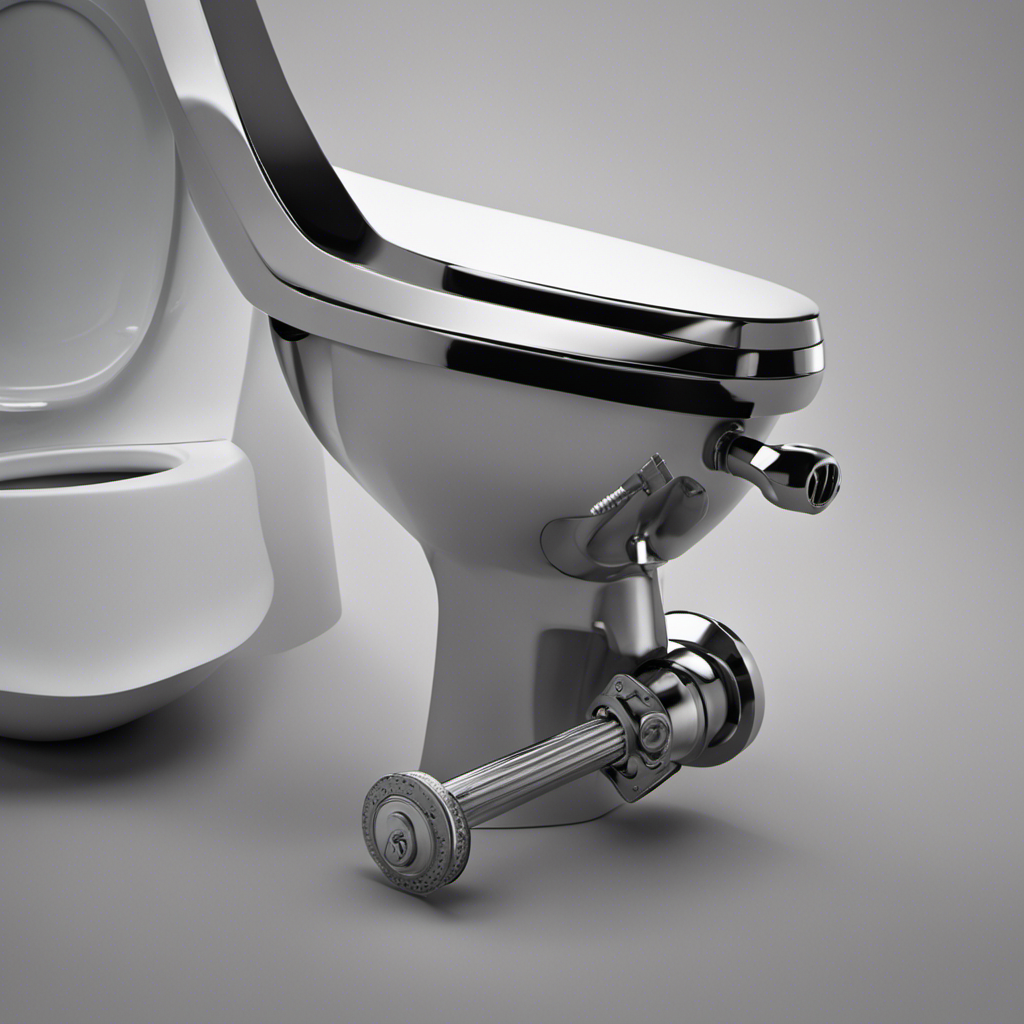We understand what you may be thinking: why does it matter how many gallons are used to flush a toilet? However, there is more significance to this than you may realize.
In this article, we’ll delve into the fascinating world of toilet water usage. From standard toilets to low-flow and dual-flush options, we’ll explore the different ways you can reduce your water consumption while still maintaining a clean and efficient bathroom experience.
So buckle up, because you’re about to become a toilet water usage master.
Key Takeaways
- Standard toilets use 6-8 liters of water per flush.
- Low-flow toilets conserve water, reducing strain on local water supplies and ecosystems.
- Dual-flush toilets offer customizable flush settings for liquid and solid waste.
- Composting toilets eliminate the need for water, conserving this precious resource.
Standard Toilets: Average Water Usage
Standard toilets typically use an average of 6-8 liters of water per flush. This high water usage in standard toilets has significant environmental impacts, such as water scarcity and increased energy consumption for water treatment and transportation.
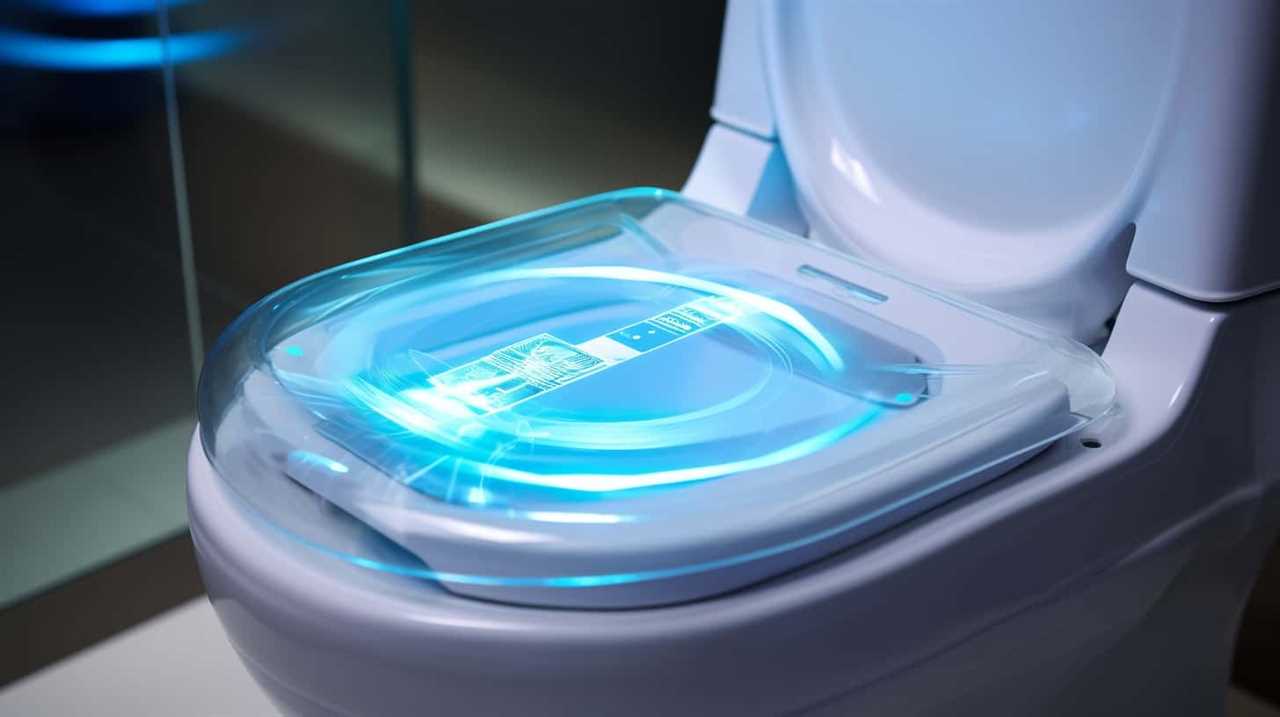
As a result, water saving initiatives and regulations have been implemented to address these concerns. These initiatives aim to reduce water consumption by promoting the use of low-flow toilets, dual-flush systems, and other water-saving technologies.
In many regions, water efficiency standards have been established that require new installations to meet specific water usage criteria. Additionally, retrofit programs have been introduced to encourage the replacement of older, inefficient toilets with more water-efficient models.
These efforts not only help conserve water resources but also contribute to a more sustainable and environmentally conscious future.
Low-Flow Toilets: Reduced Water Consumption
To reduce water consumption, we opted for low-flow toilets that use significantly less water per flush. Here are the benefits of low flow toilets:
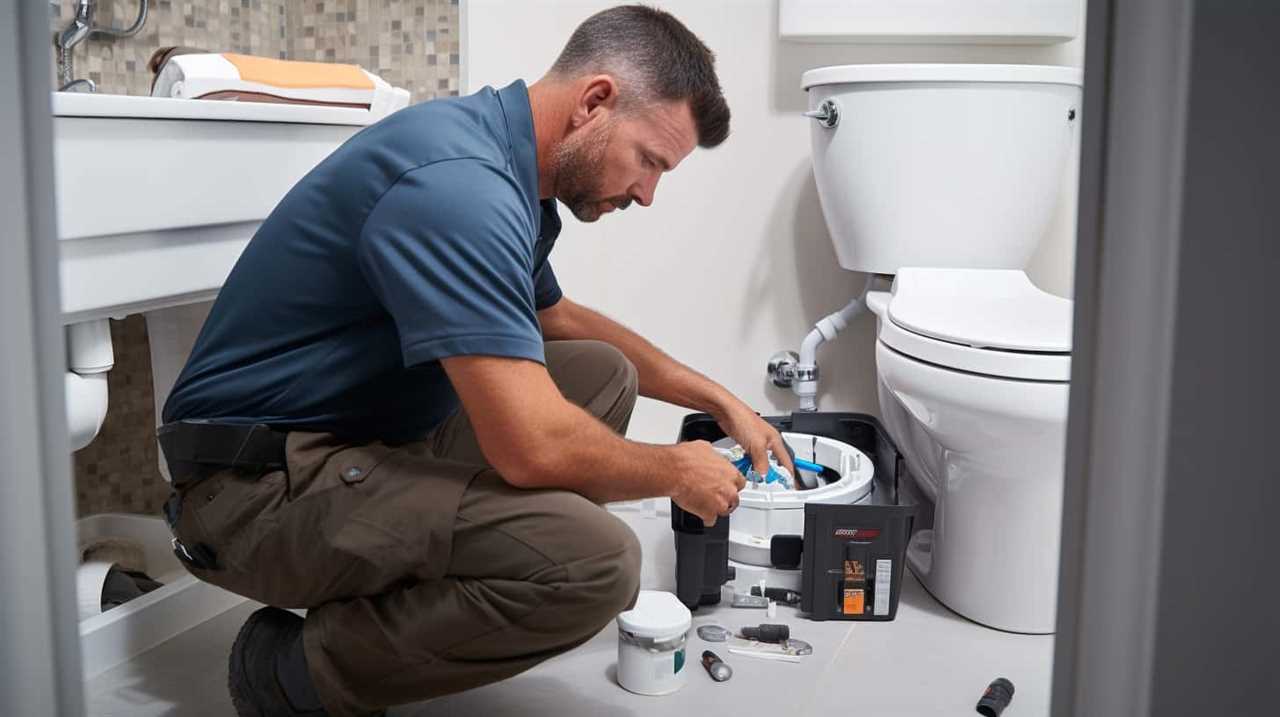
- Environmental Impact:
Low-flow toilets help conserve water, which is a precious resource. By using less water per flush, these toilets contribute to water conservation efforts, reducing the strain on local water supplies and ecosystems. This environmentally conscious choice can have a positive impact on our planet. - Cost Savings:
Low-flow toilets can also lead to significant cost savings. With reduced water usage, households and businesses can lower their water bills. Additionally, using less water means less strain on septic systems, potentially reducing maintenance and repair costs. - Enhanced Efficiency:
Low-flow toilets have undergone significant technological advancements, ensuring that they maintain flushing power while using less water. This means that you can enjoy the benefits of reduced water consumption without compromising on performance.
Dual-Flush Toilets: Customizable Water-Saving Options
How can we customize water-saving options with dual-flush toilets?
Dual-flush toilets offer customizable flush settings that allow users to select the appropriate water volume for each flush. This feature helps to reduce the environmental impact of water usage by providing a more efficient and effective flushing mechanism.
With dual-flush toilets, users can choose between a low-volume flush for liquid waste and a higher-volume flush for solid waste. This customization option ensures that only the necessary amount of water is used, resulting in significant water savings over time.
Composting Toilets: Water-Free Alternative
We can explore a water-free alternative to traditional toilets by considering composting toilets. Composting toilets are a sustainable and eco-friendly option that offer several benefits:
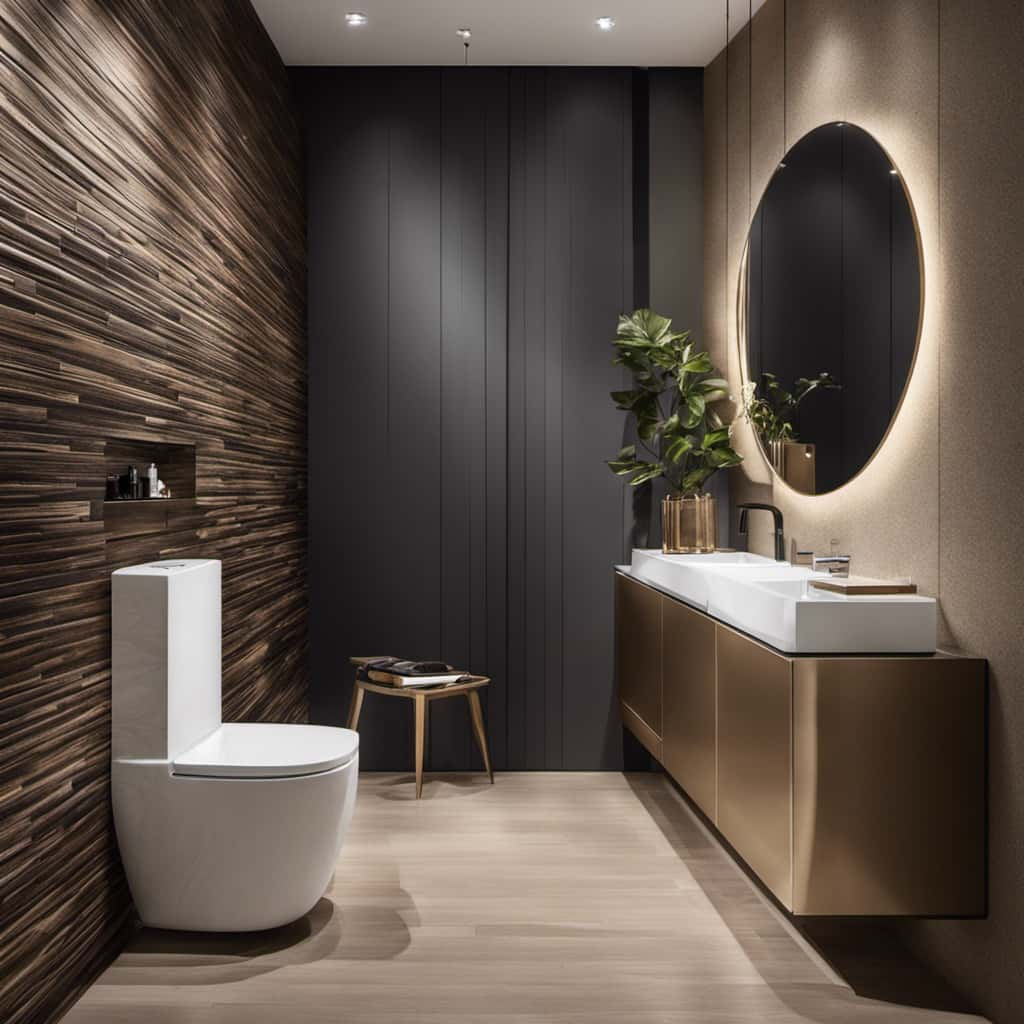
- Water conservation: Composting toilets eliminate the need for water, which is essential in regions facing water scarcity. This contributes to a significant reduction in water usage and helps conserve this precious resource.
- Nutrient-rich compost: Composting toilets break down human waste into compost, which can be used as a fertilizer for plants. This not only reduces waste but also creates a valuable resource for gardening and agriculture.
- Easy installation: Installing a composting toilet is relatively straightforward and doesn’t require extensive plumbing or connection to a water supply. This makes it a convenient option for both residential and commercial settings.
By considering composting toilets, we can’t only save water but also contribute to a more sustainable future.
Now, let’s transition to the next section, where we’ll discuss tips for reducing toilet water usage.
Tips for Reducing Toilet Water Usage
Let’s explore ways to reduce our toilet water usage.
Implementing toilet water conservation hacks and adopting eco-friendly bathroom practices can make a significant difference in water consumption.
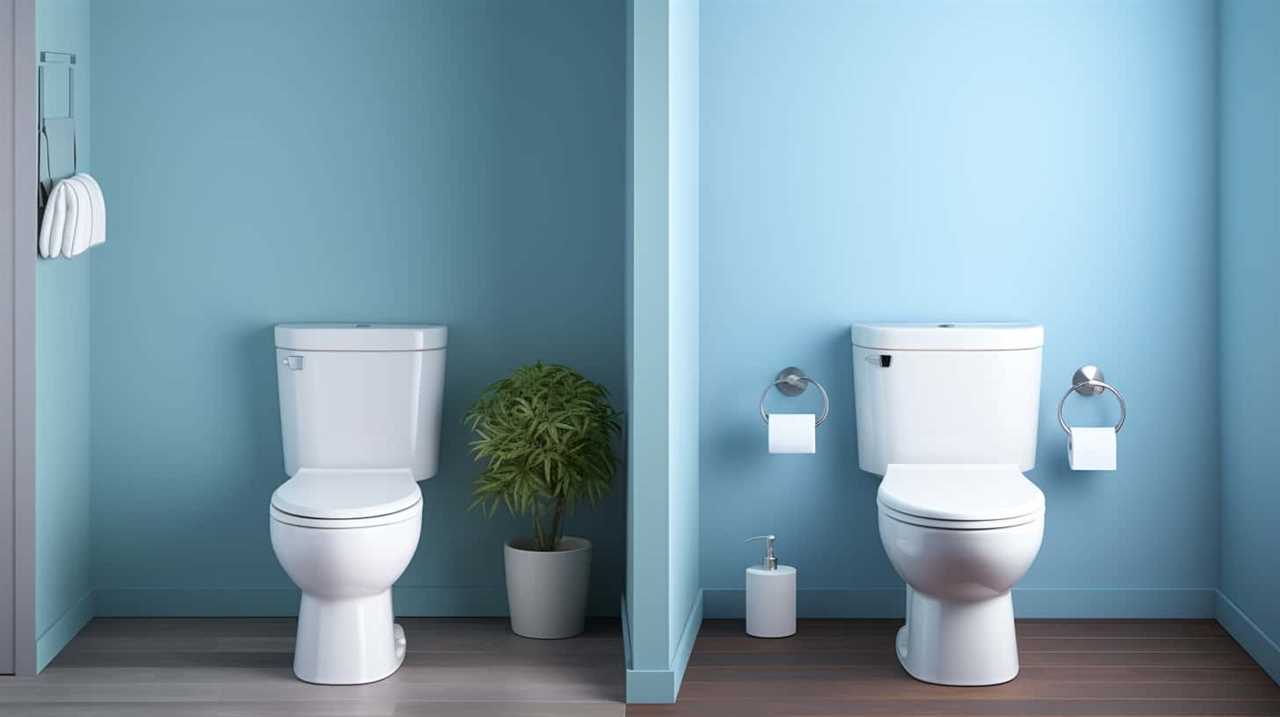
One simple tip is to install a dual flush system, which allows for a partial flush for liquid waste and a full flush for solid waste.
Another effective method is to place a water displacement device, such as a brick or water bottle, in the toilet tank. This reduces the amount of water used per flush.
Additionally, fixing any leaks promptly is crucial, as even small leaks can waste a significant amount of water over time.
Frequently Asked Questions
Can I Install a Low-Flow Toilet in an Older Home?
Yes, you can install a low-flow toilet in an older home. Retrofitting options exist to accommodate various plumbing configurations. The benefits of low flow toilets include water conservation, reduced utility bills, and environmental sustainability.
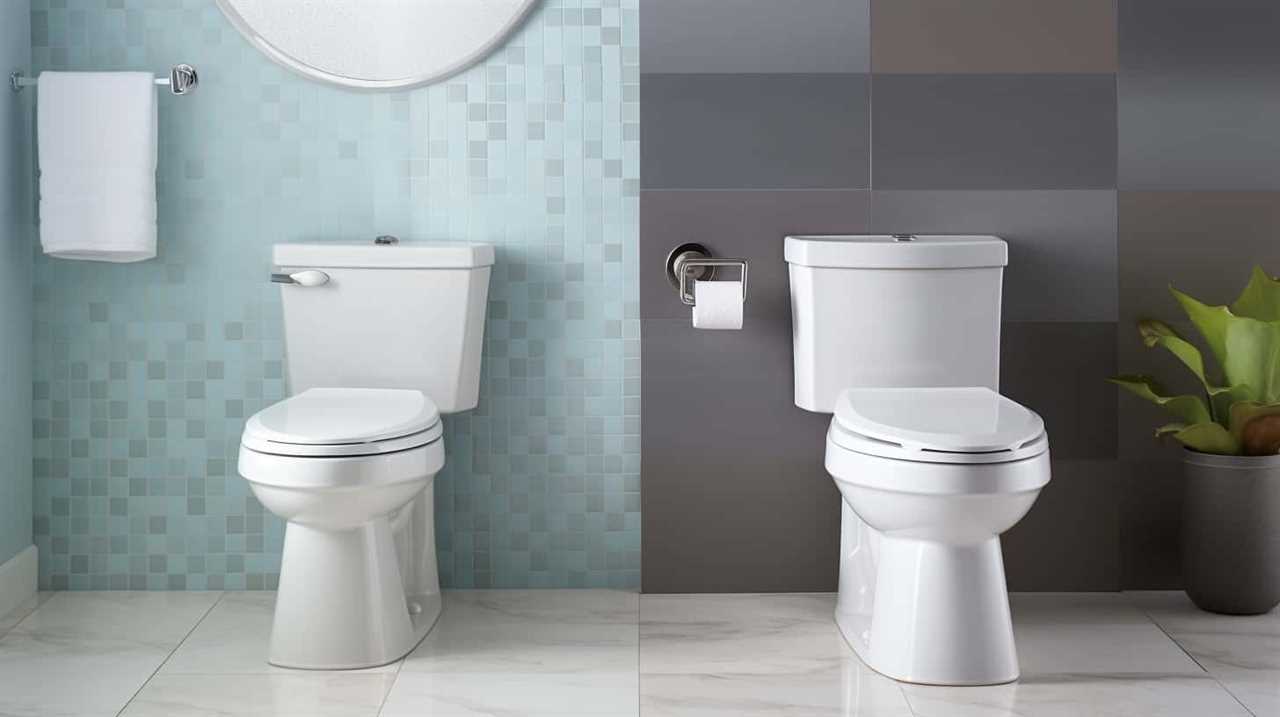
How Do Dual-Flush Toilets Work?
Dual-flush toilets work by utilizing dual flush mechanisms, which allow users to choose between a full flush and a half flush. This water saving technology helps conserve water by using less water for liquid waste.
Are Composting Toilets Odor-Free?
Composting toilets are a low-maintenance option for sustainable waste management. They offer numerous benefits, including odor-free operation. Proper maintenance and regular attention to the composting process ensure a pleasant and eco-friendly experience.
Are There Any Government Regulations Regarding Toilet Water Usage?
Government regulations regarding toilet water usage are in place to promote water conservation measures. These regulations set standards for the maximum amount of water that can be used to flush a toilet, helping to reduce overall water consumption.
Can I Retrofit My Current Toilet to Be More Water-Efficient?
Retrofitting your current toilet for water efficiency offers numerous benefits. Here are some water-saving tips: install a dual-flush system, adjust the fill valve, use a toilet tank bank, and fix any leaks promptly.

Conclusion
In conclusion, the amount of water used to flush a toilet can vary depending on the type of toilet you have. Standard toilets typically use around 6 liters per flush, while low-flow toilets reduce water consumption to about 4 liters. Dual-flush toilets offer customizable water-saving options, and composting toilets provide a water-free alternative.
By choosing water-efficient toilets and implementing simple tips, such as fixing leaks and avoiding unnecessary flushes, we can all contribute to conserving water and promoting sustainability.



